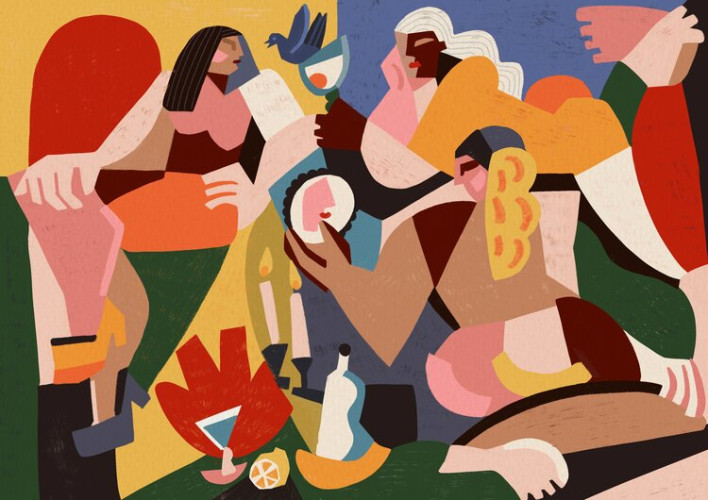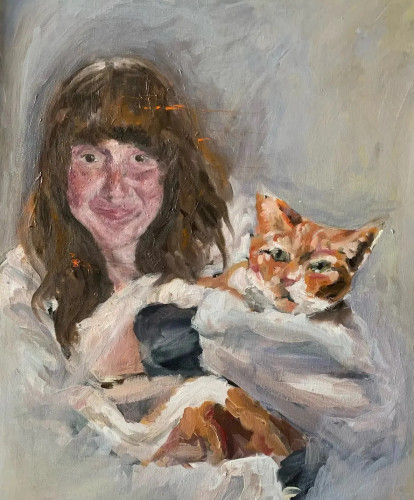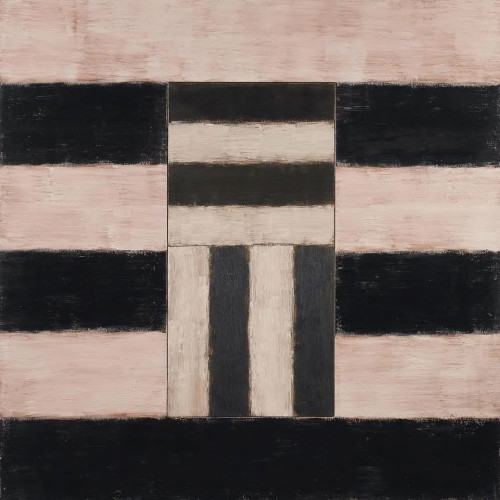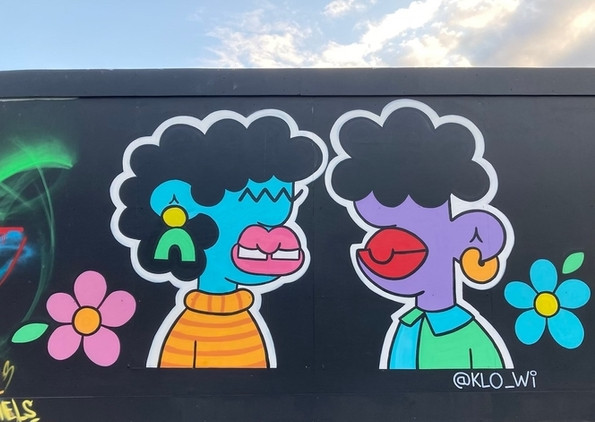This is Colour! It can be natural or man-made, and some of the craziest stories in art history are about colour.
We’ve used colour for tens of thousands of years to make art, from painting it onto walls to tattooing it onto our skin. Advances in science have meant we can now create our own but our earliest pigments came from nature.
When our ancestors painted in caves they used charcoal and burnt bones for blacks and ochre for browns, reds and yellows. They achieved masterpieces with these simple colours. In the Chauvet Cave in France paintings dating between 30,000 - 33,000 years old were found depicting at least thirteen species including rhinos, bears and lions. Archeologists think we may have painted our bodies using pigments too.












